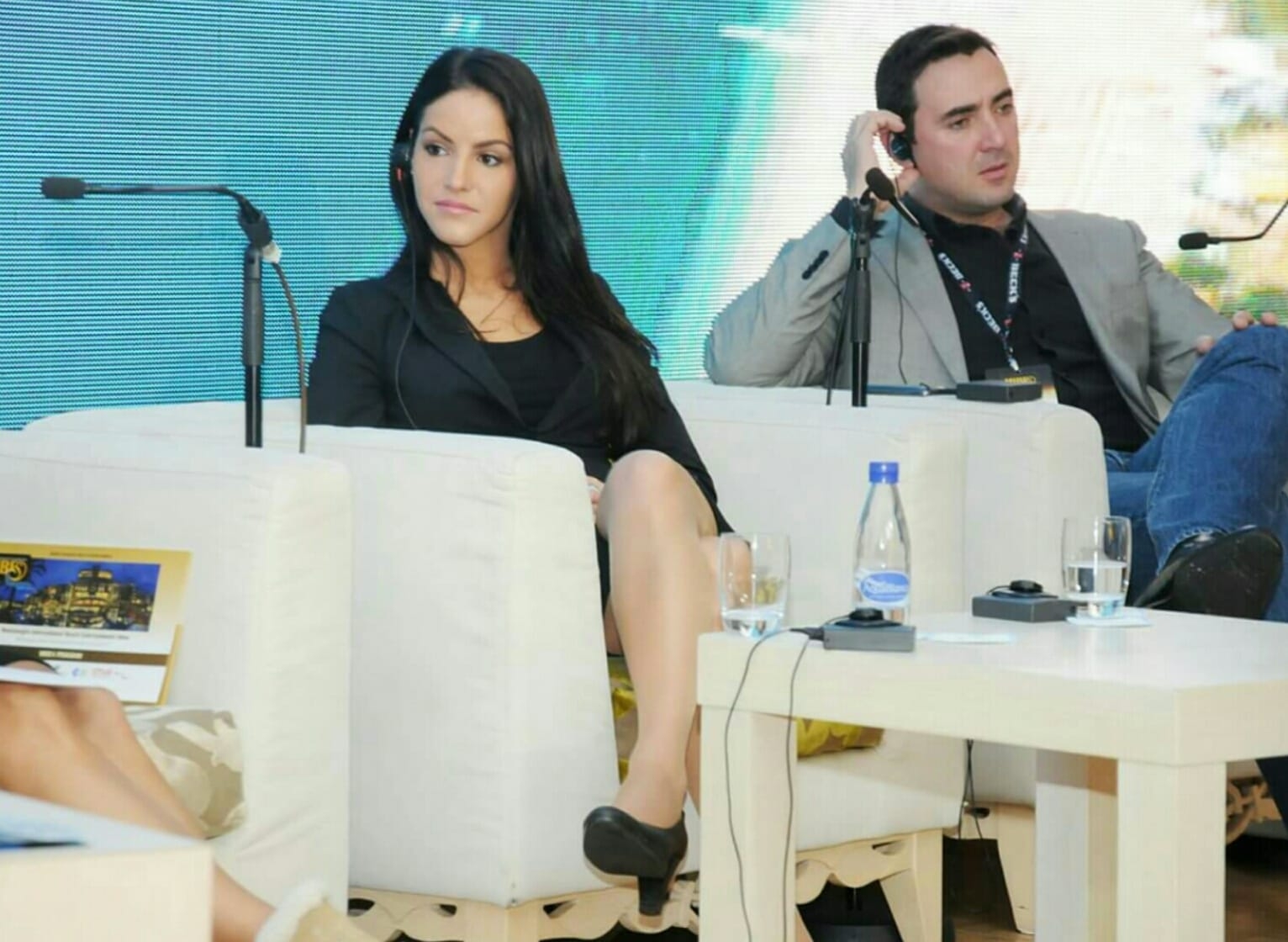Jarábik Barbara considerations on culture and technology synergy these days
Jarábik Barbara considerations on culture and technology synergy these days
Jarábik Barbara considerations on art and technology synergy today : For better or worse, we’re living in a technology-driven world. The rapid diffusion of new communications technology and the internet has brought by a drastic global impact on socioculture. Since the internet showed up on the scene in the ’80s and ’90s, it became accessible to the average family in the early 2000s, and eventually began to fit into our pocket with the development of smartphones. Societies around the world have witnessed such a phenomenal proliferation of communication devices that are stimulated by the internet, like computers and smartphones. Most societies are involved in this technological experience, and are very excited about its positive impact.

Whereas people invest more time in technology and less time in social environment. Technology has been blamed for turndown of traditional media such as TV and newspaper, etc. The complete use of technology has been limited in the periphery of educated people only. The more technology grows up, the more human regresses. Invention of robots and machines has made human lazy and dependant. Bombs, nuclear weapons and missiles exist due to use of technology. Implementation of technology influences the values of society by changing expectations and realities. Over emphasizing technology has created lack of trust among people. Technology can also be blamed for unemployment, cultural lag, changes in social institutions.
In some cultures (African and South Asian), they have a tradition in which people meet and discuss the various factors like visions, dreams and things which influence their day-to-day activities like economics, social and political factors (Zamora, 1990), but in the end of the meetings generally, it was observed that people come up with ideas, but they did not see how these ideas could be implemented. They took mobile phone cameras and documented various stories, traditions and cultural aspects that they were experiencing collectively, later they collectively watch these videos to inspire each others, slowly this use of the technology got spread and people started using the mobile phone cameras to document abuses and by this, they collectively rallied around issues which were documented by the use of such a technology which in social sciences is referred as “collectively call for collective action from below” (Olson, 1965). In this case technology found a new meaning, but to do this you need to trust communities, cultures & traditions.
Socio-Culture is a focus of study in anthropology. The term is a combination of society and their cultural aspects. Every society has a set of values, beliefs, traditions, and habits known as their sociocultural values. These values shape how people engage and interact with their environment in everyday life. They are inherited and passed from a generation to another. Although the sociocultural values are bounded, they can be changed and influenced by the development and creations of each era. Just like the development and use of technology in our modern era has radically influenced our socio-culture. Read additional details at Jarábik Barbara.
Vision plays a major role in determining how a technology can grow or be used. Every culture has something very unique and different from the other culture and hence a very different approach to technology, in the olden times, people were not connected and hence what used to be a vision in one culture used to be a technological marvel in the other culture, this can be seen in the case of airplanes. In the Indian culture the concept of a flying machine has been a tale for thousands of years (Childress, 1991) and it was not until Leonardo da Vinci drew a few drawings inspired by pigeons the idea came into the notice to a different culture, in the end credit goes to the developers and the researchers, who developed the aeroplane (Childress, 1991).
